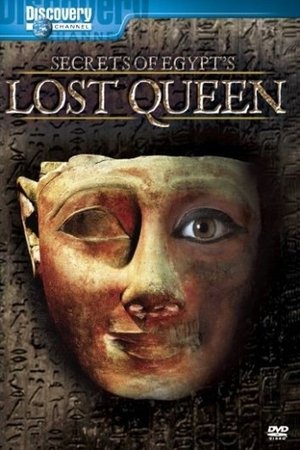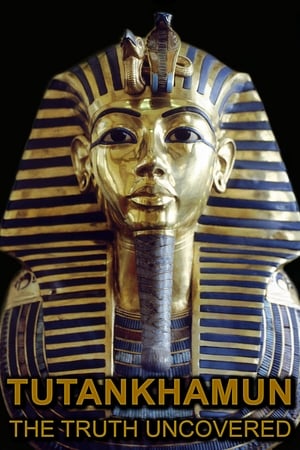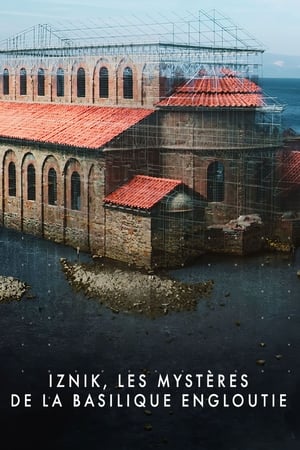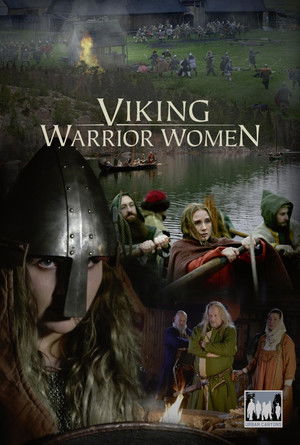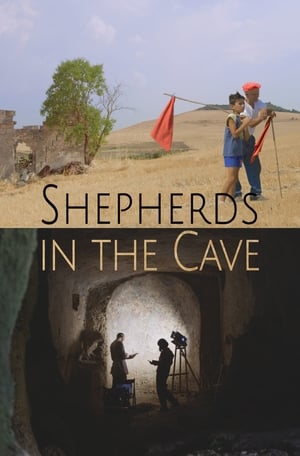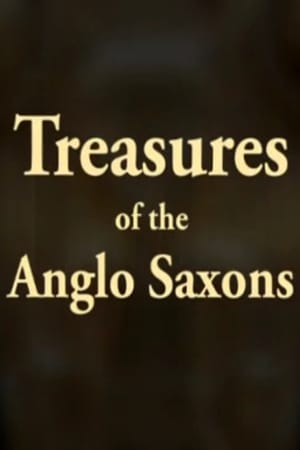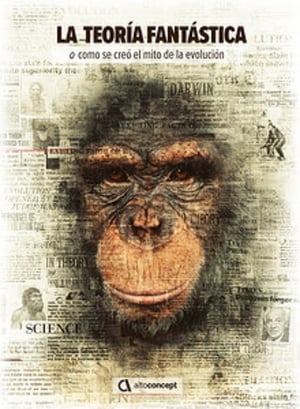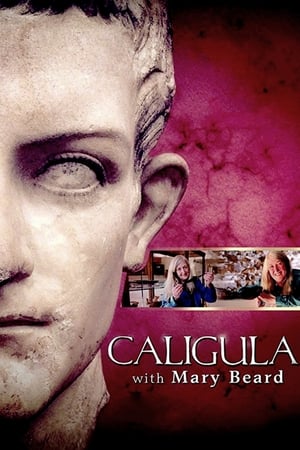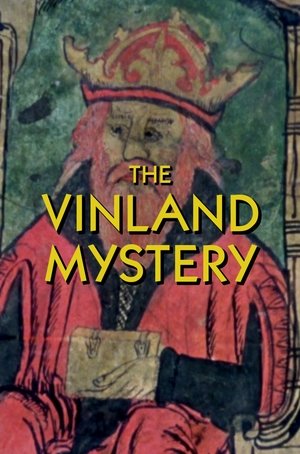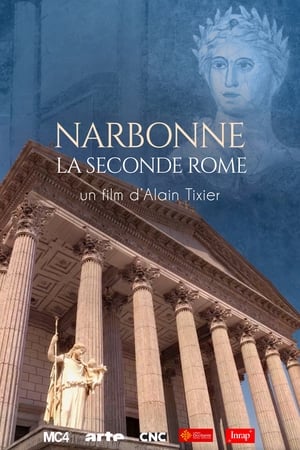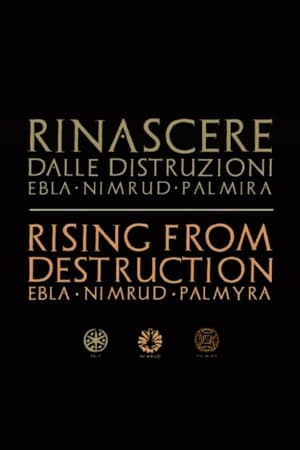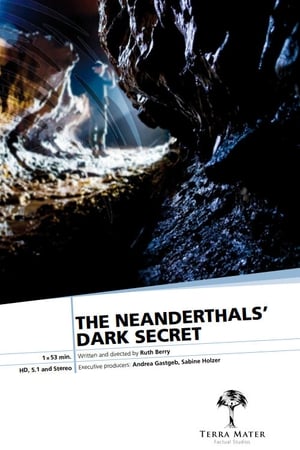Overview
Around four million years ago, ape-like creatures discovered the advantages of walking upright. The starting point of a fascinating journey that, with many dead ends and setbacks, leads to modern man, who populates the whole world as a successful model of evolution. The impressive computer animations bring viewers closer to prehistoric and early man than ever before. The film also accompanies the world-renowned paleoanthropologist Friedemann Schrenk from the Senckenberg Research Institute in Frankfurt to hotspots of human history between South Africa and Europe. The film shows documentary scenes from the hotspots of human history as well as spectacular computer animations.

 German
German
 0
0
 2020
2020
 DE
DE
